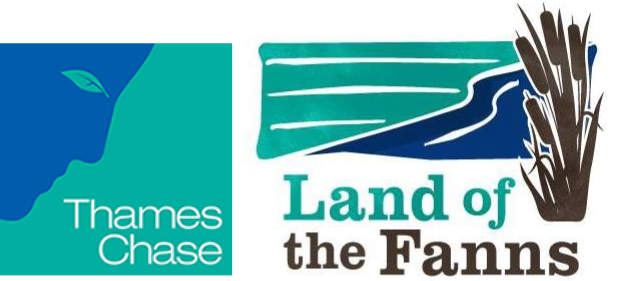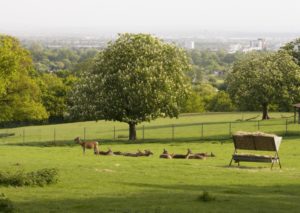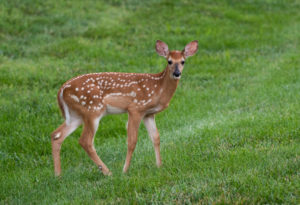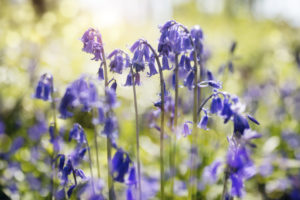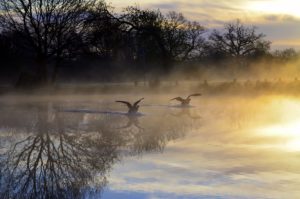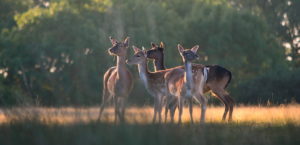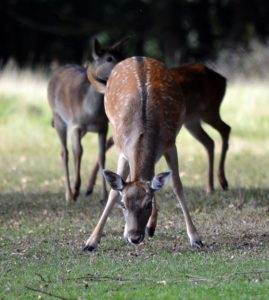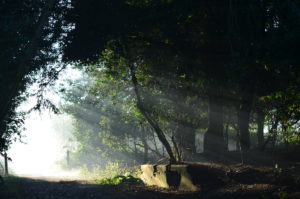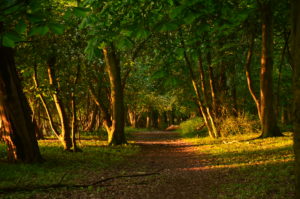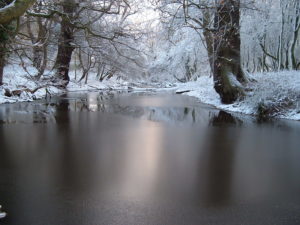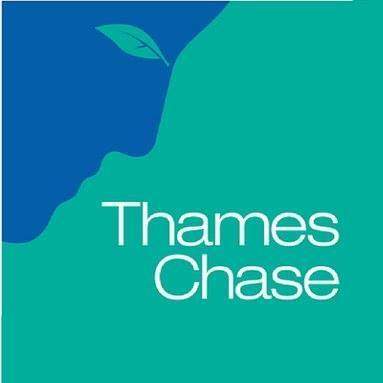- Educational Information
- prev
- next
- Get directions
- Share This
- Report an Issue
- prev
- next
Educational Offer
The park is generally open from 8am to 8pm, but closing times will vary seasonably - generally half an hour after dusk. Exceptions may occur. Contact 01708 434743 for more specific daily details.
This site has not provided any specific Educational Offer, but you can use the Land of the Fanns activities listed in the Topic Activities below. Just click on the topic you require, and you can see a variety of educational material for Key stage 1 - 3 covering various parts of the national curriculum.
Links to Topic Activities
Site Contact Details
-
Tel: 01708 434743
Location
Settle Road, Romford RM3 9XR, UK
Site Summary
26.25 ha (64.86 acres).
Known locally as The Manor.
A historic landscaped park: originally a medieval manor; absorbed into an 18th century parkland by famous landscape designer Humphry Repton; the house was demolished after the Second World War; made into a public park owned by the London Borough of Havering in 1948.
Forms part of The Manor Nature Reserve which also includes Fir Wood, Duck Wood and Hatters Wood.
Many high-quality wildlife habitats; ancient woodland; a variety of grassland; flora including bluebells, Dog’s Mercury and Butcher’s-broom; ponds; and fallow deer.
Has open grassland, ponds, woodlands, archaeological remains, historic archive material.
Site History
The name Dagnams or Dagnam came into use in the 18th century.
The manor was purchased in 1772 by Sir Richard Neave, who had made his fortune trading in the West Indies and the Americas when slave trading was at its height. He later became Governor of the Bank of England.
Neave rebuilt the manor house into a grand Georgian mansion. “The house had three stories with six rooms to each floor.
Famous landscape designer Humphry Repton was employed to give advice on landscaping the grounds.
Neave and his descendants bought additional land around Dagnams until the estate was 1600 acres (today it is 65 acres).
Sir Thomas Neave and his wife Dorina Lockhart in 1908 were the last to properly live at Dagnams. Before the First World War they employed over 40 servants and the only other work in the locality was on the estate farms.
The house and grounds were requisitioned for use by the military during the Second World War.
After the war the LCC [London County Council] bought the estate. The land around Dagnam Park was used to build the Harold Hill Estate - you can still notice references to the site’s history and the Neave family in the street names at Harold Hill.
Dagnam Park itself was opened as a public park.
There is a lot of great archive material available online at www.friendsofdagnampark.org.uk
Land of the Fanns Teacher Briefing
Some sites have a Teacher Briefing available at the top of the page, but the following download is a general Teacher Briefing for The Land of the Fanns. We recommend you download this briefing before visiting any of the sites listed on this resource.
Download Teacher BriefingLandscape and Habitat
Ancient woodland, including Fir Wood, Duck Wood and Hatters Wood
Variety of grassland, Ponds, Ancient moat and Mature trees
Cockerell’s ancient moat
Archaeological remains of historic house
Historic railings hidden in the woodland
Historic ruins - footings of lost stables, walled kitchen garden and round pond
Wildlife
Fallow deer
Plants and Trees
Dagnam Park forms part of The Manor Nature Reserve which also includes Fir Wood, Duck Wood and Hatters Wood
Wildflowers including bluebells, Dog’s Mercury and Butcher’s-broom
Mature trees - conifers, horse chestnuts and cedar
